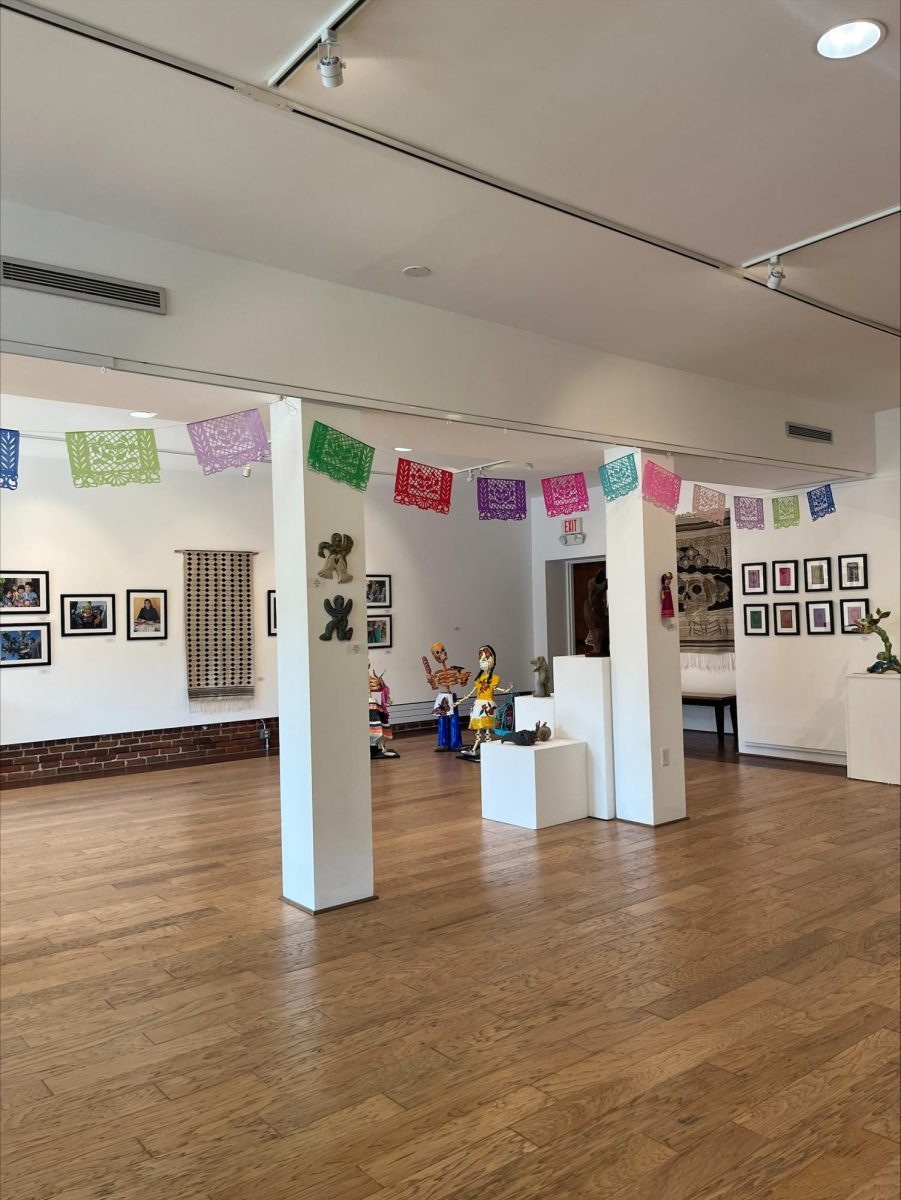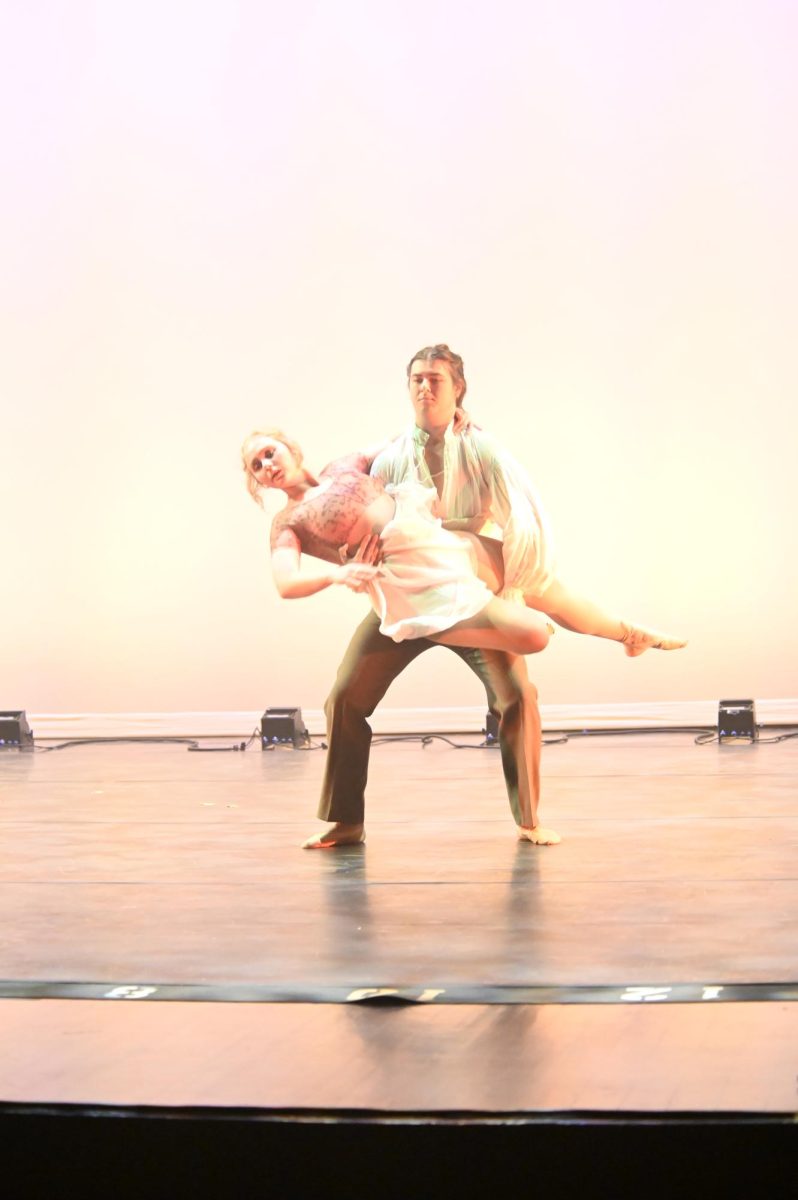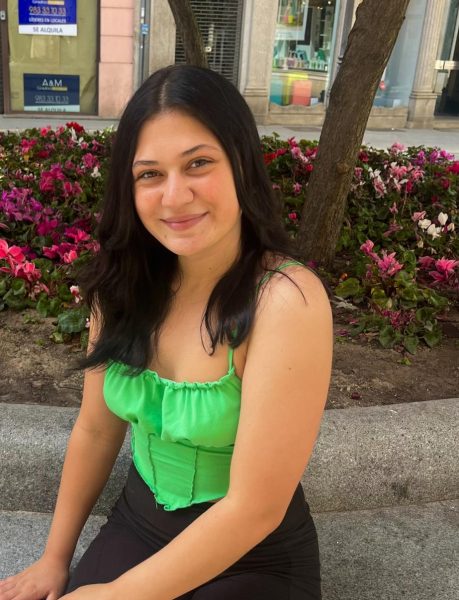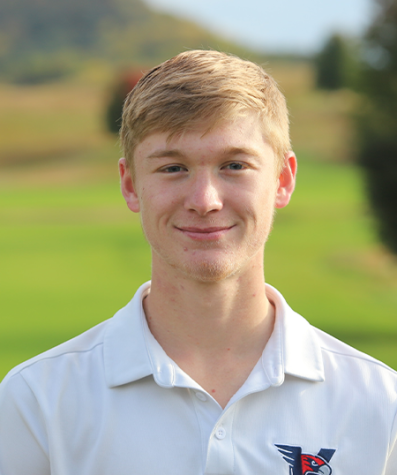Now through November 4, the Mexican Folk Art Collective Exhibition is up and beaming for Hispanic Heritage Month at La Crosse’s Pump House Regional Arts Center. This exhibition has two focuses, which are traditional and contemporary art; both are focused on the roots of Mexico.
When asked on how this collective was found, Gabriella Marvan, founder of the Mexican Folk Art Collective, said, “We formed this collective in 2020. There were two main reasons. One is the COVID that closed doors but opened opportunities for groups like this. So, we started to be connected through Zoom. We had to find a way to showcase our work. Then, we started with ten artists in 2020. Also, … we didn’t find representation as Latino, or in this case, Mexican artists. The area we saw that there is a lot of support for this is in the United States is in the South like in Arizona. We wanted to be represented here as well. So, there was nothing, so we created it.”
A Mexican Folk Art Collective consists of Mexican artists from Mexico and the United States. Some of the artists live in Mexico while some of the artists live in California, Michigan, Chicago, Milwaukee, and Madison. When there is an exhibition taking place, Marvan said, “People from Mexico ship their pieces while people from here will bring their pieces to the next exhibition.”
The art being shown at the Pump House Regional Arts Center includes embroidery, paintings, pottery, photography, and what is called cartonería. “Cartonería is a technique used in Mexico that here there is no translation, so the closest one would be papier mache,” said Marvan. This medium is a traditional technique that is used in all Mexico and all its festivities. During Easter, Christmas, and Dia de Los Muertos, this technique is used to decorate the streets or make sculptures.
There is a figure called “Judas,” a big devil, hanging from the ceiling of the Pump House that is a traditional figure used in Mexico. This “Judas” is used during the holiday of Easter. Marvan tells us, “The meaning of it is that you are removing the bad things that happen in the community and you are welcoming the good things.” There are a variety of colorful Judas’s hanging from one of the walls at the Pump House. Fireworks are put inside the figure to make it spin. “In this case, I am not putting fireworks on it. I am just putting the color through their outfit,” Marvan said while explaining Judas.
Sharing this exhibition with the La Crosse community is a way that these artists can show a sample of their cultural diversity. As this group of artists is spread throughout the United States and Mexico, they want to share what is behind Mexican traditional art forms through this exhibition.






